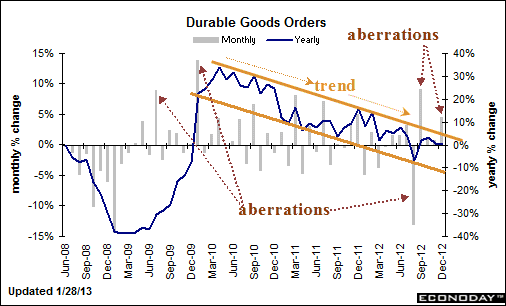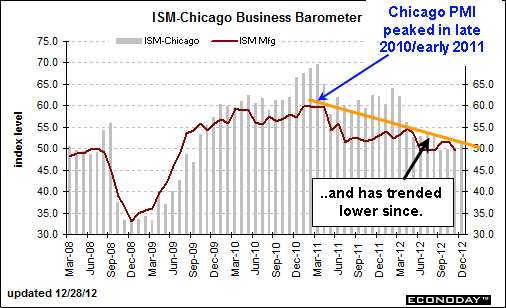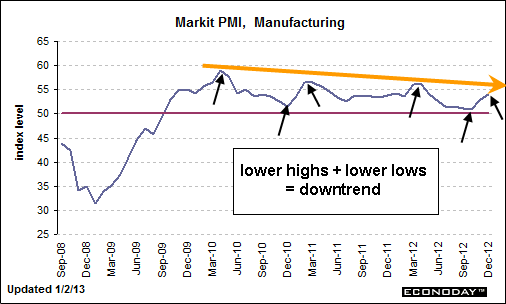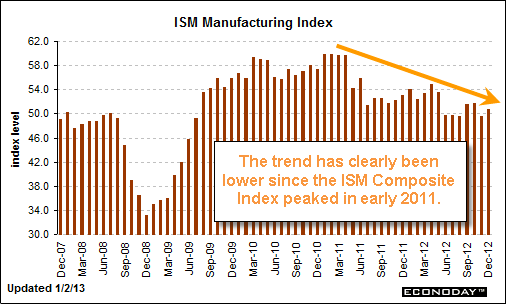Of the two main methodologies used to predict the future direction on the price of a security, an index or even the economy, which is better- Technical Analysis or Fundamental Analysis? If I were forced to only use one in my market analysis and security selection, technical analysis would win hands down. Fortunately, I’m free to use (and do use) both TA & FA as both methodologies definitely have their pros and cons. Typically, fundamental analysis (FA) is used by those with longer-term time frames such as investors or economists whereas TA has useful applications in predicting both short-term price movements in securities and markets as well as long-term trends.
When it comes to security selection (aka- “stock picking”), I give a much higher weighting to TA over FA. A recent example of this would be Apple (AAPL), which was added as a short trade on the site on Aug 27th at 679.99, a mere 3 1/2% & 3 1/2 weeks before the stock hit it’s all-time high (also right around the time our beloved Slope Miester, TK, started hammering the proverbial nail in AAPL's coffin). Keep in mind at the time that the fundamentals, both current & forward looking (according to the vast majority of analysts, pundits and other misc. experts, most of whom use FA in formulating their opinion) could not have been more bullish. Of course, as the basis for the short entry, the charts (TA) were clearly telling another, completely different story on where the stock was likely headed.
Now let’s turn our attention to the macro-economic picture of the U.S. economy. As I mentioned recently, there is most certainly a bullish case to be made right now (or really just about at any time) with the U.S. stock market and although I could spend a little extra time in making a case for both sides (longer-term bullish and the longer-term bearish outlook for 2013), my preference for now remains to support the longer-term bearish case. Therefore, let’s take a quick look at some of the fundamentals of the U.S. economy while applying simple TA to those charts.
Data Due
As I look at the economic calendar, I see that we have several key economic reports scheduled to be released this week. Let’s take a quick look at those charts and the simple annotations that I made to each one (trendlines, notes, etc..). Several of these reports are not accompanied by charts so will not be discussed and I’m only going to show the charts that directly show economic activity. This would exclude charts such as consumer confidence (which is a coincident indicator at best, and therefore useless IMO); housing (while home values have an effect on consumer confidence and the ‘wealth effect’, this is not a direct measure of the growth or contraction in the economy such as GDP or the various manufacturing indexes); jobless claims (which is widely acknowledged that when you hit such a high unemployment level as we have, there is pretty much but nowhere but down for the NEW claims number to trend plus, not a measure of expansion or contraction in the economy per se).
Which brings us to those key reports due out this week, starting with the Durable Goods Orders that was on Monday (first chart below). By adding trendlines (TA) to these economic charts (FA) we can see that the rate of growth in the U.S. economy has clearly been slowing (i.e.-trending lower) for at least the last two years and many of these key measures have now fallen to at or near levels not seen since the beginning of the Great Recession and start of the bear market in late 2007. Something that I point out on today’s Durable Goods Orders report are the aberrations, like today’s “bullish” reading of +4.6% vs. the consensus of on +1.6%. Bullish? Well certainly…. if that trend continues. However, the reason that this chart shows the yearly average (blue line) along with the month to month reading (grey bars) is to smooth out the aberrations. In effect, this is no different than using moving averages on a stock chart to help tune out the day to day, week to week, or month to month price swings and therefore help in identifying the overall trend of the stock. As you can see on this Durable Goods chart, that important measure of economic activity has been in a clear downtrend (channel) for over 2 1/2 years now and is flirting with contraction territory.
Trend Watch
The remainder of the charts are self-explanatory and once again, are due to be updated later this week. Downtrends don’t remain in place indefinitely and therefore I will continue to monitor the trends in these important economic indicators for signs of reversal. Just like charting an individual security or index, once a multi-year downtrend line is broken to the upside the odds sharply increase that a new uptrend may have begun. I would image that if this were to happen on these economic indicators soon, the stock market will have likely put the current key overhead resistance levels and longer-term divergences comfortably in the rear-view mirror and as such, look more bullish from both a technical and fundamental perspective. Until then, a potentially dangerous disconnect between rising equity prices against a back-drop of deteriorating economic fundamentals continues to build.



- English (UK)
- English (India)
- English (Canada)
- English (Australia)
- English (South Africa)
- English (Philippines)
- English (Nigeria)
- Deutsch
- Español (España)
- Español (México)
- Français
- Italiano
- Nederlands
- Português (Portugal)
- Polski
- Português (Brasil)
- Русский
- Türkçe
- العربية
- Ελληνικά
- Svenska
- Suomi
- עברית
- 日本語
- 한국어
- 简体中文
- 繁體中文
- Bahasa Indonesia
- Bahasa Melayu
- ไทย
- Tiếng Việt
- हिंदी
Technical vs. Fundamental Analysis
Published 01/29/2013, 04:58 PM
Updated 07/09/2023, 06:31 AM
Technical vs. Fundamental Analysis
3rd party Ad. Not an offer or recommendation by Investing.com. See disclosure here or
remove ads
.
Latest comments
Install Our App
Risk Disclosure: Trading in financial instruments and/or cryptocurrencies involves high risks including the risk of losing some, or all, of your investment amount, and may not be suitable for all investors. Prices of cryptocurrencies are extremely volatile and may be affected by external factors such as financial, regulatory or political events. Trading on margin increases the financial risks.
Before deciding to trade in financial instrument or cryptocurrencies you should be fully informed of the risks and costs associated with trading the financial markets, carefully consider your investment objectives, level of experience, and risk appetite, and seek professional advice where needed.
Fusion Media would like to remind you that the data contained in this website is not necessarily real-time nor accurate. The data and prices on the website are not necessarily provided by any market or exchange, but may be provided by market makers, and so prices may not be accurate and may differ from the actual price at any given market, meaning prices are indicative and not appropriate for trading purposes. Fusion Media and any provider of the data contained in this website will not accept liability for any loss or damage as a result of your trading, or your reliance on the information contained within this website.
It is prohibited to use, store, reproduce, display, modify, transmit or distribute the data contained in this website without the explicit prior written permission of Fusion Media and/or the data provider. All intellectual property rights are reserved by the providers and/or the exchange providing the data contained in this website.
Fusion Media may be compensated by the advertisers that appear on the website, based on your interaction with the advertisements or advertisers.
Before deciding to trade in financial instrument or cryptocurrencies you should be fully informed of the risks and costs associated with trading the financial markets, carefully consider your investment objectives, level of experience, and risk appetite, and seek professional advice where needed.
Fusion Media would like to remind you that the data contained in this website is not necessarily real-time nor accurate. The data and prices on the website are not necessarily provided by any market or exchange, but may be provided by market makers, and so prices may not be accurate and may differ from the actual price at any given market, meaning prices are indicative and not appropriate for trading purposes. Fusion Media and any provider of the data contained in this website will not accept liability for any loss or damage as a result of your trading, or your reliance on the information contained within this website.
It is prohibited to use, store, reproduce, display, modify, transmit or distribute the data contained in this website without the explicit prior written permission of Fusion Media and/or the data provider. All intellectual property rights are reserved by the providers and/or the exchange providing the data contained in this website.
Fusion Media may be compensated by the advertisers that appear on the website, based on your interaction with the advertisements or advertisers.
© 2007-2024 - Fusion Media Limited. All Rights Reserved.
